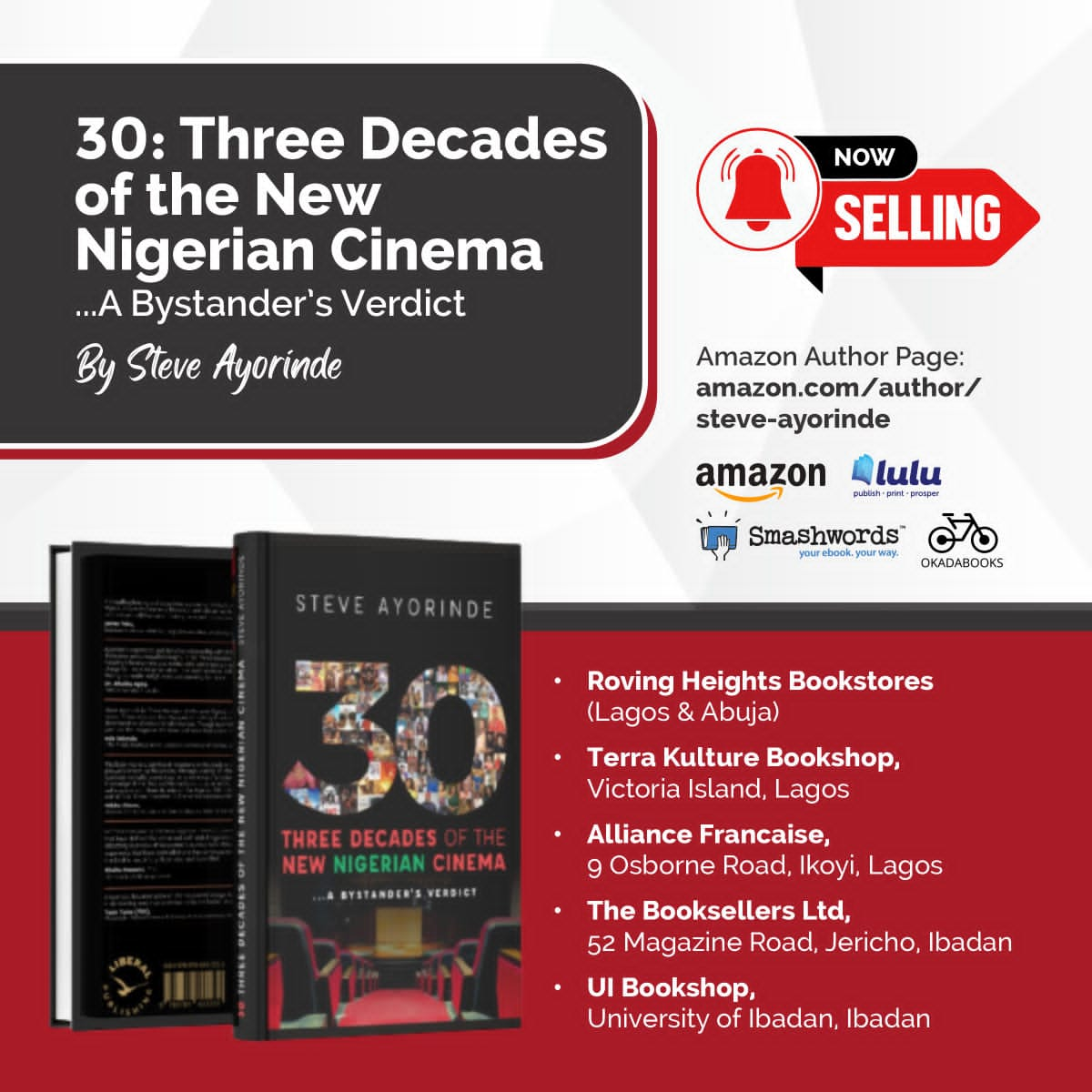The Royal Academy and National Portrait Gallery in London, founded in 1768 and 1856 respectively, have long been symbols of the British art establishment — namely the White, male-dominated establishment. In February, the RA opened Entangled Pasts, which examines its own colonialist ties by interspersing the work of contemporary Black British artists of the African, Caribbean, and South Asian diasporas with its own historic collections, while highlighting historic Black figures excluded from standard art history. The National Portrait Gallery, newly spruced up after a three-year closure for refurbishment, takes a different tack. Curated by Ekow Eshun, previously director of the Institute of Contemporary Arts in London, The Time is Always Now: Artists Reframe the Black Figure presents works by 22 African diasporic artists exploring the richness and complexity of Black life via portraiture. It is separated from the NPG’s permanent collection, both treating the artists independently from the stuffy artistic canon and demonstrating that portraiture — the museum’s raison d’être — is an exciting and relevant mode of contemporary art making.
The mode of portraiture allows scope for psychological introspection. Where this can easily result in speculative interpretation by curators looking at historical works, the intent here is to explore themes in the widest sense, while centering the experience of artist and sitter. Eshun aims to shift away from external representations of Blackness — “the dominant art historical perspective” — and instead invites us to “[see] from the viewpoint of Black artists and the figures they depict.” The curation allows myriad artistic voices to speak with a powerful directness, referencing the canon embodied by the museum’s collection at their discretion, as in Kenyan-American artist Wangechi Mutu’s “This Second Dreamer” (2017). This bronze head, sitting on its side on a plinth, evokes Brâncuși’s “The Sleeping Muse” (1910), a bronze head itself derived from his collection of masks from the African continent. Mutu reinterprets the form as a self-portrait complete with braided hair, reclaiming the notions of “exoticism” or “otherness” from White historic practices.

Eshun opens the show with the key concept of dual consciousness, introduced by African-American sociologist W.E.B. Du Bois in 1903, which describes the experience of a Black person living physically within, and yet psychologically outside of, White society. Powerful works by American Nathaniel Mary Quinn fragment the sitter’s visage into facets in portraits that appear once collaged and (small “C”) cubist, breaking down the very components of expression and representing the internal conflict of this idea. Certainly as a viewer, it had the effect of making me feel complicit, as if my gaze itself smashes into the close-cropped faces. Towering over visitors is British sculptor Thomas J. Price’s monumental bronze figure “As Sounds Turn To Noise” (2023), a composite of 3D scans of individuals from London and Los Angeles. Its monumentality, drawing on the gilded bronze statuary common to historic Western sculpture, makes visually and physically present multiple marginalized people all in one outsized figure.
A section called The Persistence of History applies the ideas of visibility and perception specifically to the Black figure in art history. More often than not White artists depicted Black figures as peripheral to the narrative, and often without identities. Like Nathaniel Mary Quinn’s deconstruction of the portrait itself, many of these are interventions into or versions of historical artworks. British artist Barbara Walker’s series Vanishing Point (2017–ongoing) reproduces historic Western paintings as embossed designs on white paper, so they are readable only as subtle shadow when viewed in raking light, while the narrative’s solitary Black figure is fully rendered in graphite. Playing on the idea of the vanishing point as the perspectival device rendering the illusion of depth, Walker instead makes the Black figure the focal point through the extreme contrast in visibility, marginalizing the White figures. Similarly, American painter Titus Kaphar literally cuts the White figures out of historical works, layering the canvas over another depicting a Black figure in extreme closeup. In these works, the background figure peeks through, again asserted as the focal point and reversing the original hierarchy in the composition. The familiarity of traditional Western historic painting is upended to foreground its marginalized Black subjects.

The closing section, Our Aliveness, asks us to consider the “wonder and fragility of the Black everyday.” British-Jamaican artist Hurvin Anderson’s series of isolated figures in barbershop scenes again invoke the idea of double consciousness; these barbershops in Britain catered to the Windrush generation who were not welcomed in other establishments. Pictured from behind, the figures feel intimate and yet isolated amid the sparsely rendered backgrounds. Elsewhere, Henry Taylor’s work similarly evoke the earlier theme of Black visibility, depicting people from the margins of society that he encountered in his everyday life.
The title The Time is Always Now was taken from a series of 1955 essays, Notes of a Native Son, by the author James Baldwin. Eshun chose it to emphasize the continuing importance of issues of Black identity, visibility, and recognition in predominantly White society as urgent, crucial, and emotive factors in the lives and experience of Black people, and of the flourishing art movements produced by artists of the African diaspora. All the works on display here are astounding from a technical perspective, and for the powerful aesthetic and emotional punch they deliver. While the RA’s Entangled Pasts is a retrospective look into its colonialist past with a view to consider the future, The Time is Always Now employs the NPG as a showcase for artists working today as it demonstrates its relevance as an active player in contemporary art on a global scale. It is notable that NPG director Nicholas Cullinan has declared a 34% increase in visitors to its last two shows, bolstered by a £5 ticket price for visitors under 25. With a show as exciting and important as this, it is clearly challenging the notion that such institutions are “just about the past and full of dead white males,” as Cullinan stresses, and targeting a new generation of art-goers.




The Time is Always Now: Artists Reframe the Black Figure continues at the National Portrait Gallery (St. Martin’s Place, London, England) through May 19. The exhibition was curated by Ekow Eshun.







